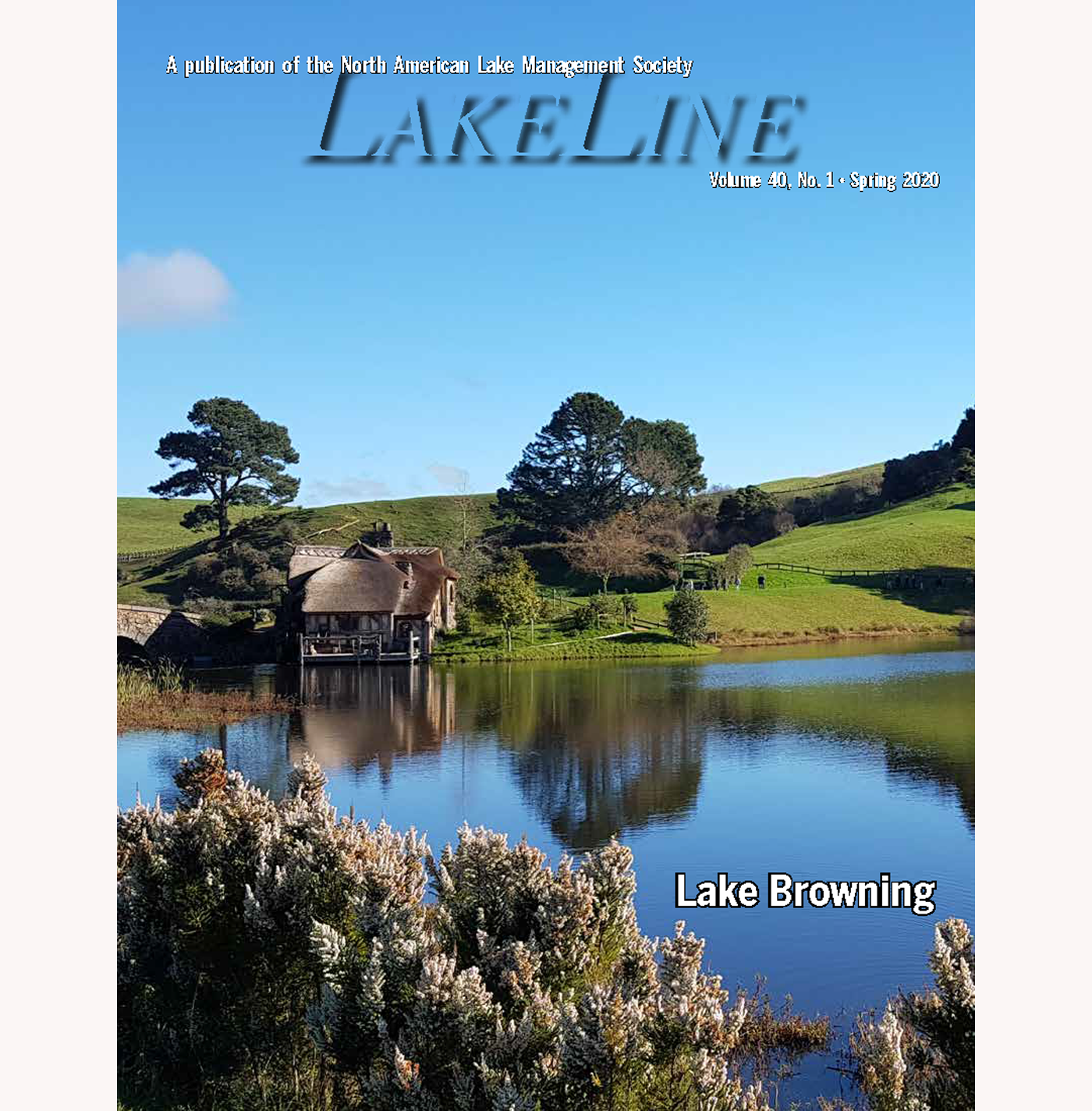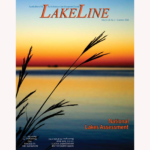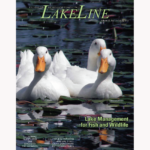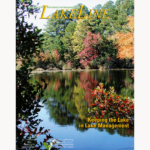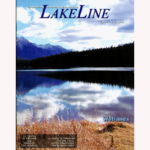Description
This issue of LakeLine explores topics related to lake browning. Now, most of us probably worry about our lakes turning green (or even blue-green, for that matter) from increases in algal growth over time. Most of us can recall the spectrum of lakes we’ve had an opportunity to visit, from very dark brown tannic (or tea- colored) waters that are hard to see into, to only slightly colored waters, to the waterbodies that appear crystal clear and colorless, where you can see far down into the depths. But there is more to lake browning than the color of the water and how far we can see into the lake. Lake browning is an actual process, with causal factors, it is happening over time, and it has some pretty complex ramifications for lakes and aquatic life. There is even evidence that brown is a natural state for many lakes, and that after decades, and more likely centuries of flux, lakes are reverting back to brown.
- LakeLine 40-1 Full
- From the Editor
Amy Smagula - From the President
Perry Thomas - Lake Management in a Browning World: Beyond the Holy Grail of Nutrients
Craig E. Williamson - The Causes & Food Web Consequences of Lake Browning: How are They Linked?
Kevin C. Rose and Jonathan T. Stetler - Terrestrially Derived Dissolved Organic Matter – Its Influence on Lake Food Webs
Christopher T. Solomon and Stuart E. Jones - Different Types of Tea
Keiko Wilkins - Student Corner – Dark Waters: Structural Changes to Lake Ecosystems Due to Browning
Rachel Pilla

